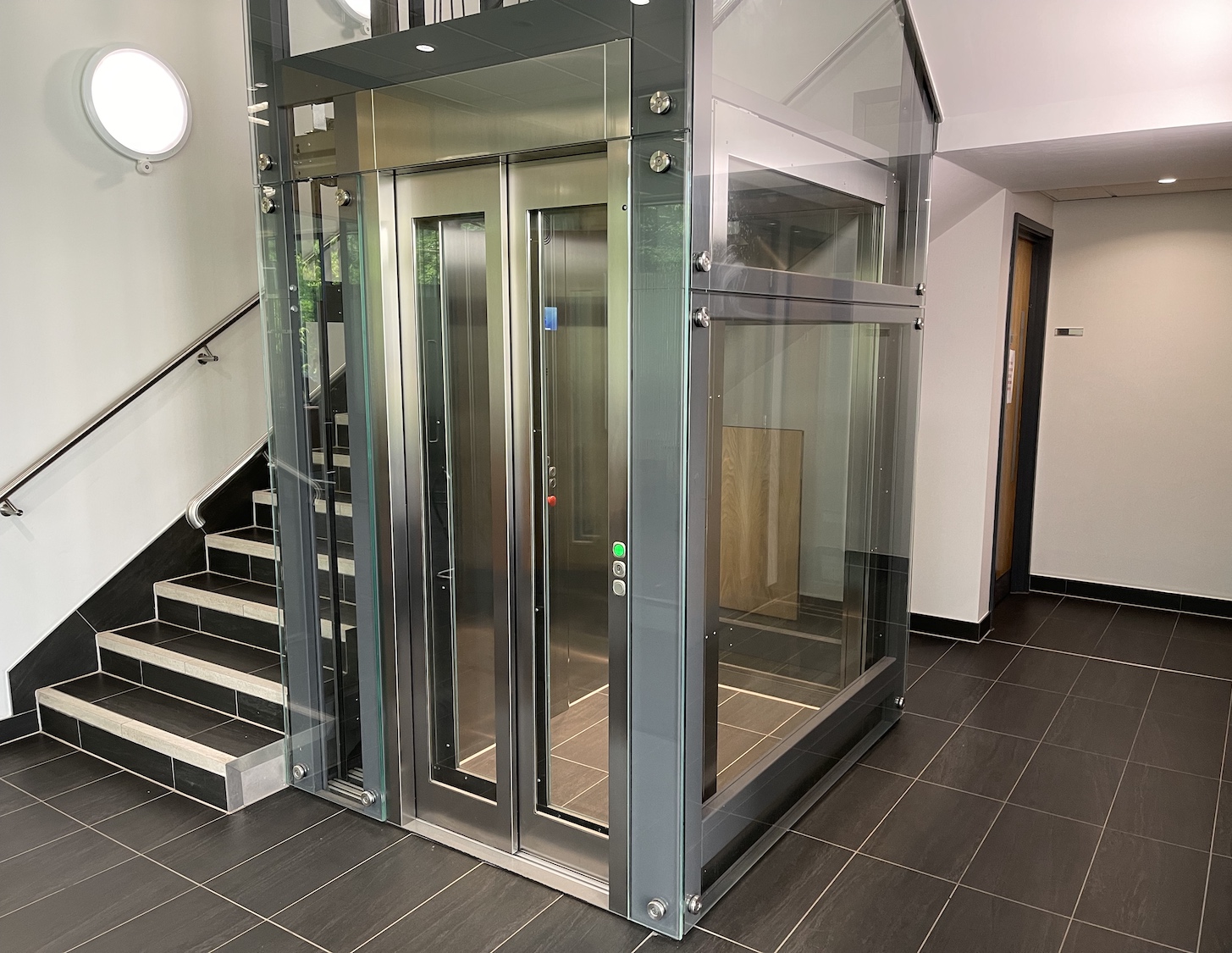London Lift Company: Offering Comprehensive Lift Solutions Across the Funding
Wiki Article
Exploring the Globe of Elevators: Usual Problems Faced by Different Lift Mechanisms
As we browse with the upright transport systems of modern-day buildings, lifts stick out as an important part of our everyday lives. However, behind their smooth procedure lies a globe of elaborate devices that can in some cases run into difficulties. From hydraulic lifts to traction systems and machine-room-less styles, each lift kind comes with its collection of common problems. Recognizing these challenges is critical for guaranteeing the smooth performance of these vital systems. Let's discover the complexities that underlie the operation of lifts and the possible problems that can arise, clarifying the complex internet of lift mechanisms.Hydraulic Lifts
Hydraulic lifts, frequently liked for low-rise structures, make use of fluid stress to control the movement of the elevator vehicle (lift repair companies). This mechanism involves a hydraulic pump pushing oil into a cylinder, triggering the lift to relocate in the wanted instructions. While hydraulic lifts are recognized for their smooth and quiet operation, they do come with their own set of common issuesOne prevalent problem with hydraulic elevators is oil leakage. The seals in the hydraulic system can wear in time, resulting in oil seepage. This not only produces a mess but can additionally influence the lift's efficiency if left unaddressed. Furthermore, problems with the control system, such as malfunctioning shutoffs or a malfunctioning pump, can trigger interruptions in the elevator's movement.
Routine maintenance and prompt fixings are necessary to make certain the smooth performance of hydraulic elevators. By dealing with these common concerns proactively, building owners can decrease downtime and make sure the security and efficiency of their upright transportation system.
Traction Lifts
When thinking about vertical transport systems in buildings, an additional typical type apart from hydraulic elevators is the grip elevator. Grip lifts operate utilizing a system of ropes and counterweights that relocate the elevator car by clutching onto the hoist ropes. This mechanism permits smoother and quicker upright transportation contrasted to hydraulic systems.One of the common problems faced by traction lifts is rope wear. The continuous activity of the ropes within the traction system can bring about tear and put on gradually, possibly triggering the lift to malfunction or come to be hazardous for usage. Routine assessments and upkeep of the ropes are vital to ensure the elevator's correct functioning and security.
An additional issue that grip lifts may come across is related to the control system. Issues with the control system can bring about issues such as unpredictable activity, hold-ups in reaction times, and even full shutdowns. Routine screening and upkeep of the control system are crucial to stop such concerns and ensure the elevator's dependability.
Machine-Room-Less (MRL) Lifts

Among the essential components of MRL lifts is the compact gearless grip maker that is installed within the hoistway. This equipment effectively drives the lift cars and truck without the need for cumbersome devices located in standard grip elevators. Additionally, MRL elevators typically make use of a counterweight system to stabilize the vehicle, more enhancing their power efficiency.
Regardless of their advantages, MRL elevators might encounter challenges connected to upkeep and repair because of the restricted room for equipment setup. Access for servicing components within the shaft can be limited, needing specialized training for professionals. Proper maintenance routines and routine assessments are crucial to guarantee the continued smooth operation of MRL elevators.
Overloading and Weight Limitation Issues
Overwhelming and weight limitation we maintain lifts issues are crucial concerns in lift procedures. Elevator producers design raises with certain weight capabilities to guarantee passenger safety and security and tools durability.When elevators are strained, it places excessive strain on the electric motor, cords, and other parts, possibly causing malfunctions or malfunctions. If they find excess weight, security devices such as sensors and overload sensors are in area to avoid elevators from moving. Furthermore, exceeding weight limitations can lead to enhanced energy usage and deterioration on the elevator system.
To alleviate overloading problems, building supervisors should plainly present weight limitations in lifts and educate owners on the significance of sticking to these restrictions - lift repair companies. Routine upkeep checks by qualified professionals can likewise aid ensure that elevators are running within safe weight specifications. By resolving overloading and weight limit problems proactively, structure owners can enhance lift safety and security and efficiency
Electrical System Failings
Exceeding weight limits in lifts can not just lead to mechanical issues however additionally possibly add to electrical system failures within the lift facilities. Electric system failings are a crucial worry in lift procedure, as they can create unexpected shutdowns, malfunctions, and even security dangers. One usual electric concern is the overheating of components due to extreme present flow triggered by overwhelming the lift past its ability. This can bring about harm to the control, electric motor, or circuitry systems, causing pricey fixings and downtime.Routine upkeep and inspections are important to identify and attend to possible electrical concerns quickly, ensuring the effective and secure operation of lift systems. By sticking to weight limitations and performing routine electrical system checks, structure owners can alleviate the threat of electrical failures in lifts.
Conclusion

Hydraulic lifts, frequently favored for low-rise buildings, make use of fluid pressure to regulate the motion of the elevator cars and truck.When thinking about upright transportation systems in structures, another usual type apart from hydraulic elevators is the traction elevator. Grip elevators run using a system of ropes and weights that relocate the elevator cars and truck by gripping onto the hoist ropes. Unlike standard lifts that require a different machine space to house the tools, MRL elevators integrate many of the components within the shaft, getting rid of the demand for a devoted maker area.In conclusion, elevators encounter usual issues such as hydraulic breakdowns, grip system failings, and electrical system issues.
Report this wiki page